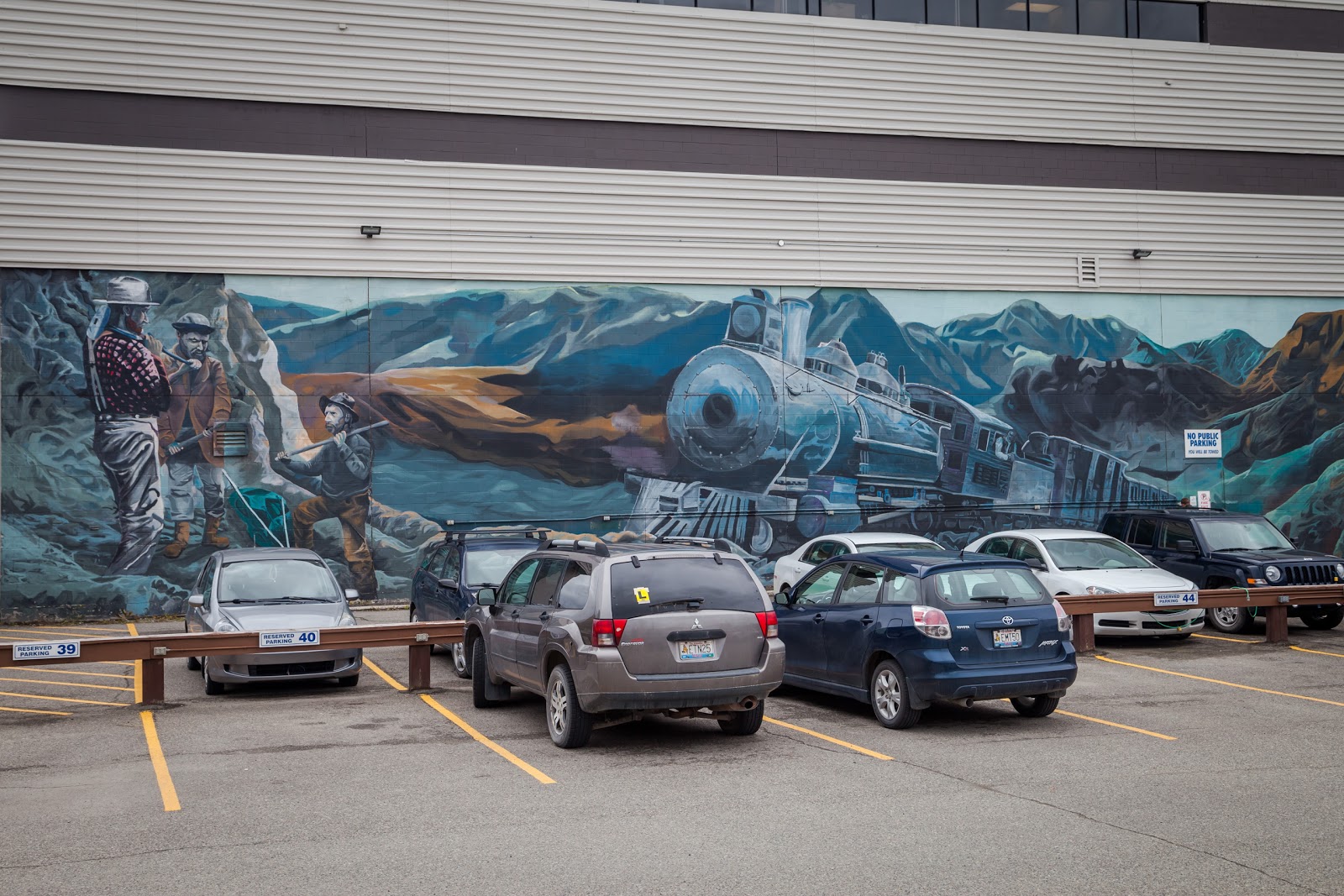Canada
Canadian History
Canadian North
cities
history
Yukon
Whitehorse - What Does Northern Canadian City Look Like?
9/23/2016
North has always fascinated me for its remoteness and wildness, so as soon as I got a chance to fly to any possible destination in North America, my immediate reaction was to pick the Canadian North. Because for me, nothing is more exotic than it. I'm inviting you to take a look at the Yukon's capital and its biggest city - Whitehorse.
Although Whitehorse is the biggest city in the Canadian North, it's still a very tiny one compared to the provincial capitals.
Many buildings in Whitehorse are painted in red, yellow, blue and other bright colours.
Not only does it reflect the colours that people see around in nature, but also it helps them stay positive during long dark winter nights.
As a matter of fact, Yukon is experiencing the polar night which can be as long as several months depending on the latitude. In Whitehorse and other Yukon's southern communities, the polar night is substituted with a couple of hours of twilight per day.
About three-quarters of the total population in the Yukon live in Whitehorse.
Whitehorse has a great infrastructure for a city of its size. Everything Canadians are used to can be found in Whitehorse - schools, stores, libraries, playgrounds, public transportation, and even theatres.
Even buses in Canada are too polite.
Ever wanted to take a Grizzly Bear cab? Here it is.
Whitehorse Airport connects Yukon with remote communities as well as the rest of the world. I was really surprised to see that Whitehorse has a direct connection with Frankfurt, Germany.
Government is the largest employer in Yukon with over 5,000 employees. It's almost 50% of people in Yukon can work.
The biggest economy in Yukon is still mining, however, tourism is growing very fast.
Many people from all over the world move to Yukon for opportunities which are literally endless.
Downtown in Whitehorse is very compact and pedestrian-friendly.
Its Main Street reminds us about the Yukon's glory during the Klondike Gold Rush.
An estimated 100,000 gold-seekers (or stampeders) poured into Yukon in the hope of finding gold and becoming rich between 1896 and 1899. Whitehorse was then established as a transportation hub to Dawson City where gold was discovered. Photo credit - Kwanlin Dun Cultural Centre in Whitehorse.
Little did stampeders know what that would mean to take a 600-mile / 965-km trek from Skagway, Alaska, the main gateway to Yukon, to Dawson City in one of the most harsh and unforgiving places in the world. In this picture below is the Golden Staircase leading over Chilkoot Pass from the Scales in 1898. This was the toughest place with very steep slopes where animals could not be used, so stampeders had to carry all their load on their back. Those who reached the gold mines were very brave, strong and persistent, but most of them went broke if they ever came back. Photo credit - National Park Service, Klondike Gold Rush National Historical Park.
Jack London, a famous American novelist, who spent the summer of 1897 in Whitehorse and Dawson City, popularized Yukon and the Klondike Gold Rush in his famous works - "The Call of the Wild" and "White Fang".
The hotel's mural gives us some hints as to what stampeders, mostly men, used to do to stay entertained during the Klondike Gold Rush.
Who has ever been tempted to enter this Adult Temptation store? There is probably not much you crave in Whitehorse during its long snowy winter.
The mighty Yukon River, the second largest river in Canada would carry stampeders from Whitehorse to Dawson City.
The steam-wheeler SS Klondike, now a historic site, used to carry freight between Whitehorse and Dawson City until the Klondike Highway was built.
In the next article, I'm going to show you pictures and tell stories from our back-country trip to Kluane National Park and Reserve. You're going to like it!










































2 comments